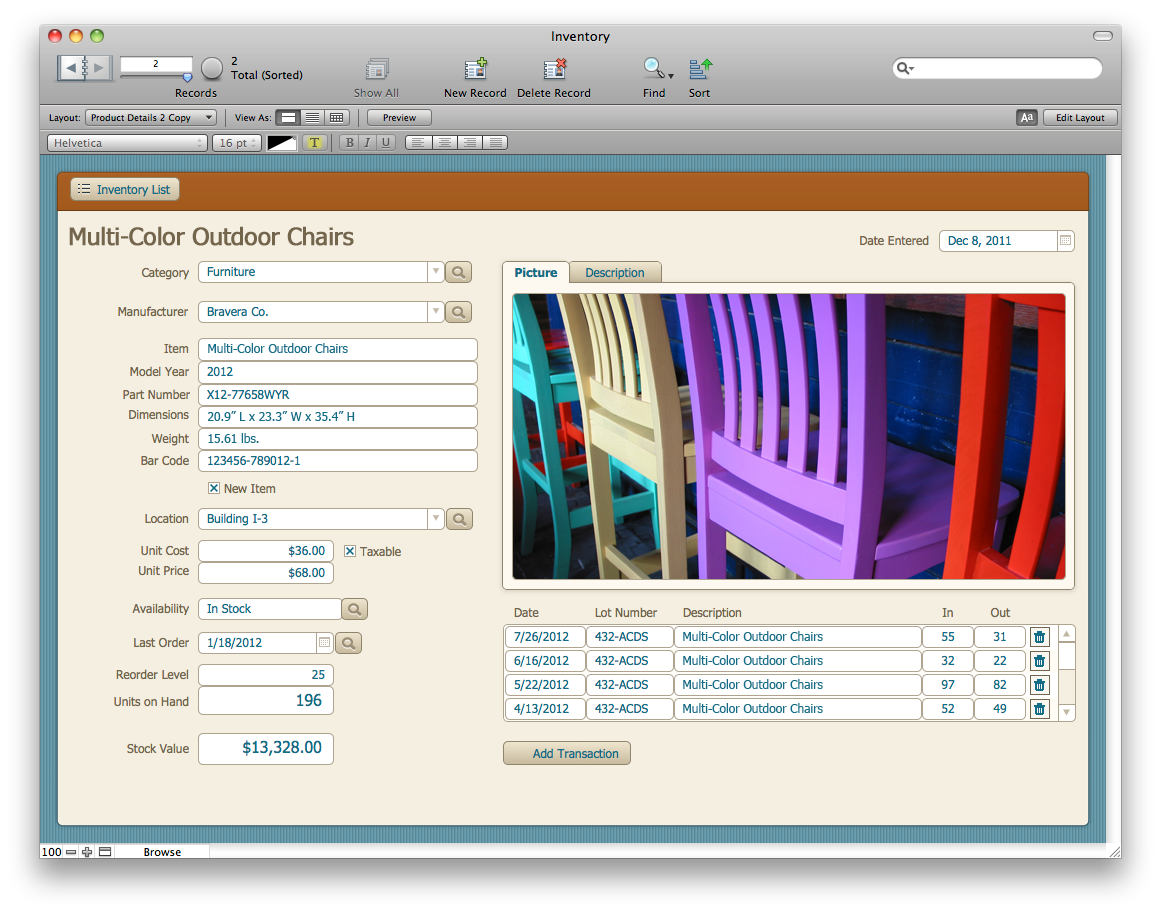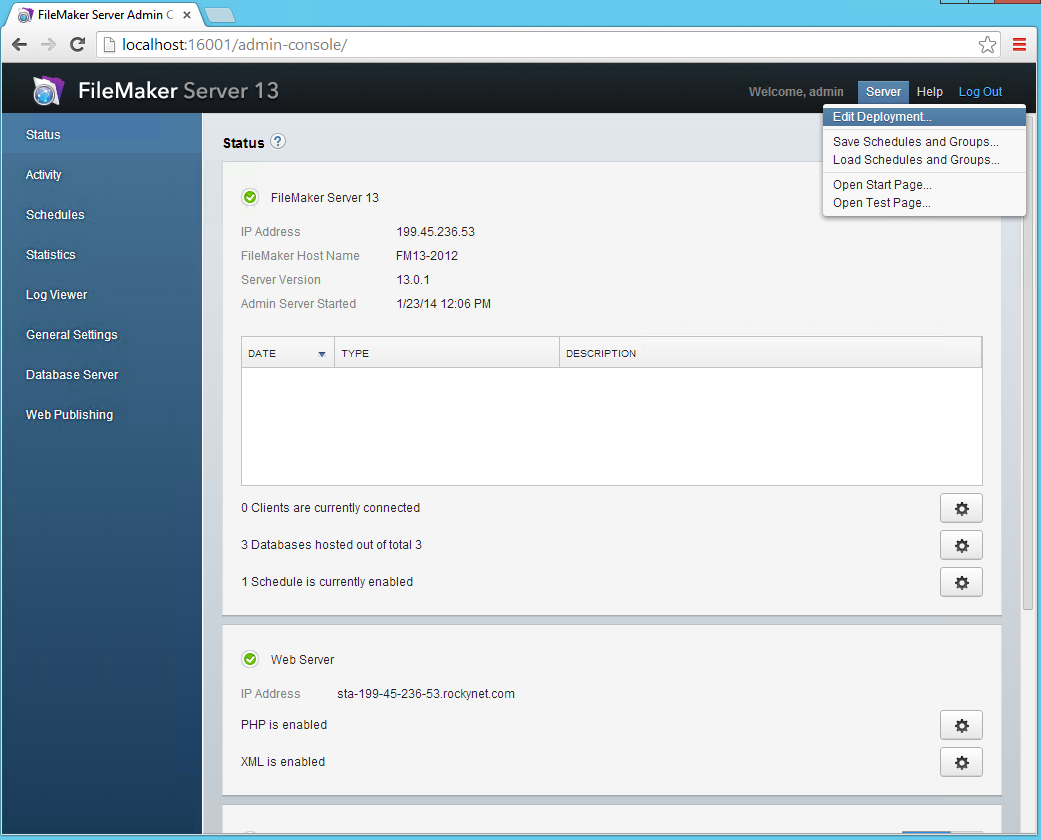


Because self-driving databases automate expensive, time-consuming manual processes, they free up business users to become more proactive with their data. The self-driving database is poised to provide a significant boost to these capabilities. It’s critical to have a platform that can deliver the performance, scale, and agility that businesses need as they grow over time. Optimizing access and throughput to data is critical to businesses today because there is more data volume to track. Using database and other computing and business intelligence tools, organizations can now leverage the data they collect to run more efficiently, enable better decision-making, and become more agile and scalable. Forward-thinking organizations can now use databases to go beyond basic data storage and transactions to analyze vast quantities of data from multiple systems. With massive data collection from the Internet of Things transforming life and industry across the globe, businesses today have access to more data than ever before. Using databases to improve business performance and decision-making
Filemaker server versions code#

An OLTP database is a speedy, analytic database designed for large numbers of transactions performed by multiple users. A graph database stores data in terms of entities and the relationships between entities.NoSQL databases grew popular as web applications became more common and more complex.

A NoSQL, or nonrelational database, allows unstructured and semistructured data to be stored and manipulated (in contrast to a relational database, which defines how all data inserted into the database must be composed).A central repository for data, a data warehouse is a type of database specifically designed for fast query and analysis.The database may be stored on multiple computers, located in the same physical location, or scattered over different networks. A distributed database consists of two or more files located in different sites.Information in an object-oriented database is represented in the form of objects, as in object-oriented programming.Relational database technology provides the most efficient and flexible way to access structured information. Items in a relational database are organized as a set of tables with columns and rows. Relational databases became dominant in the 1980s.The best database for a specific organization depends on how the organization intends to use the data. There are many different types of databases.


 0 kommentar(er)
0 kommentar(er)
